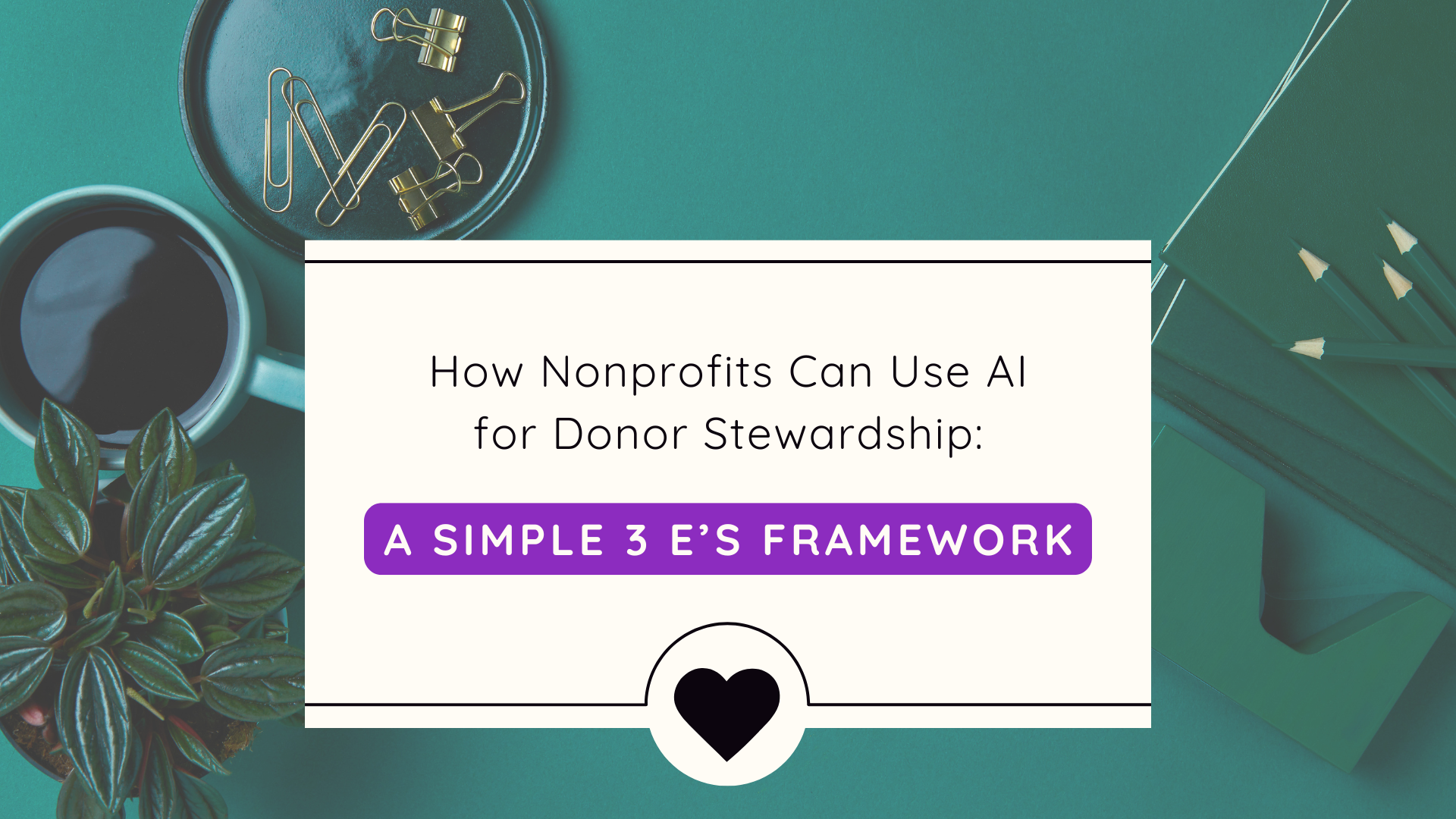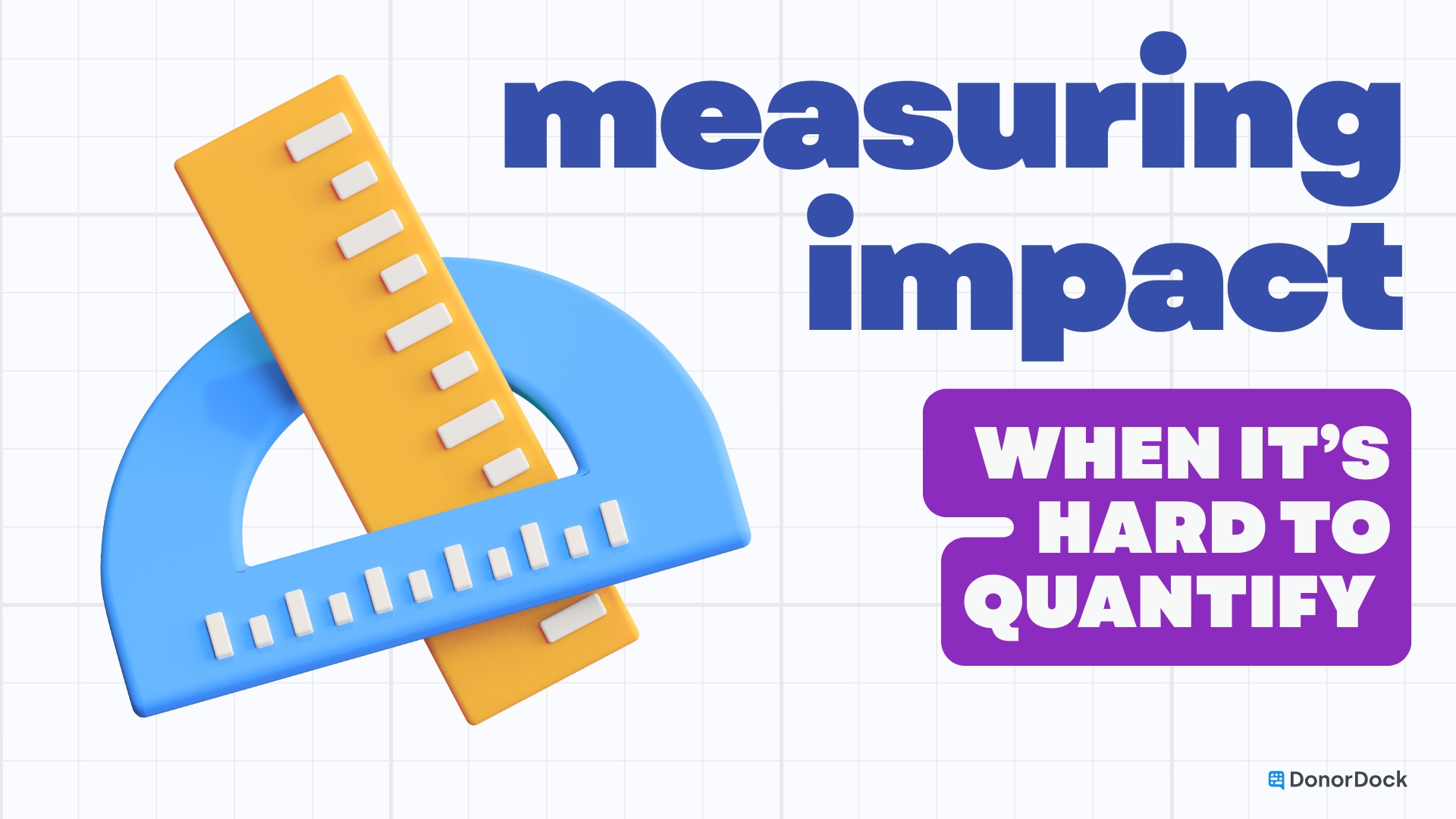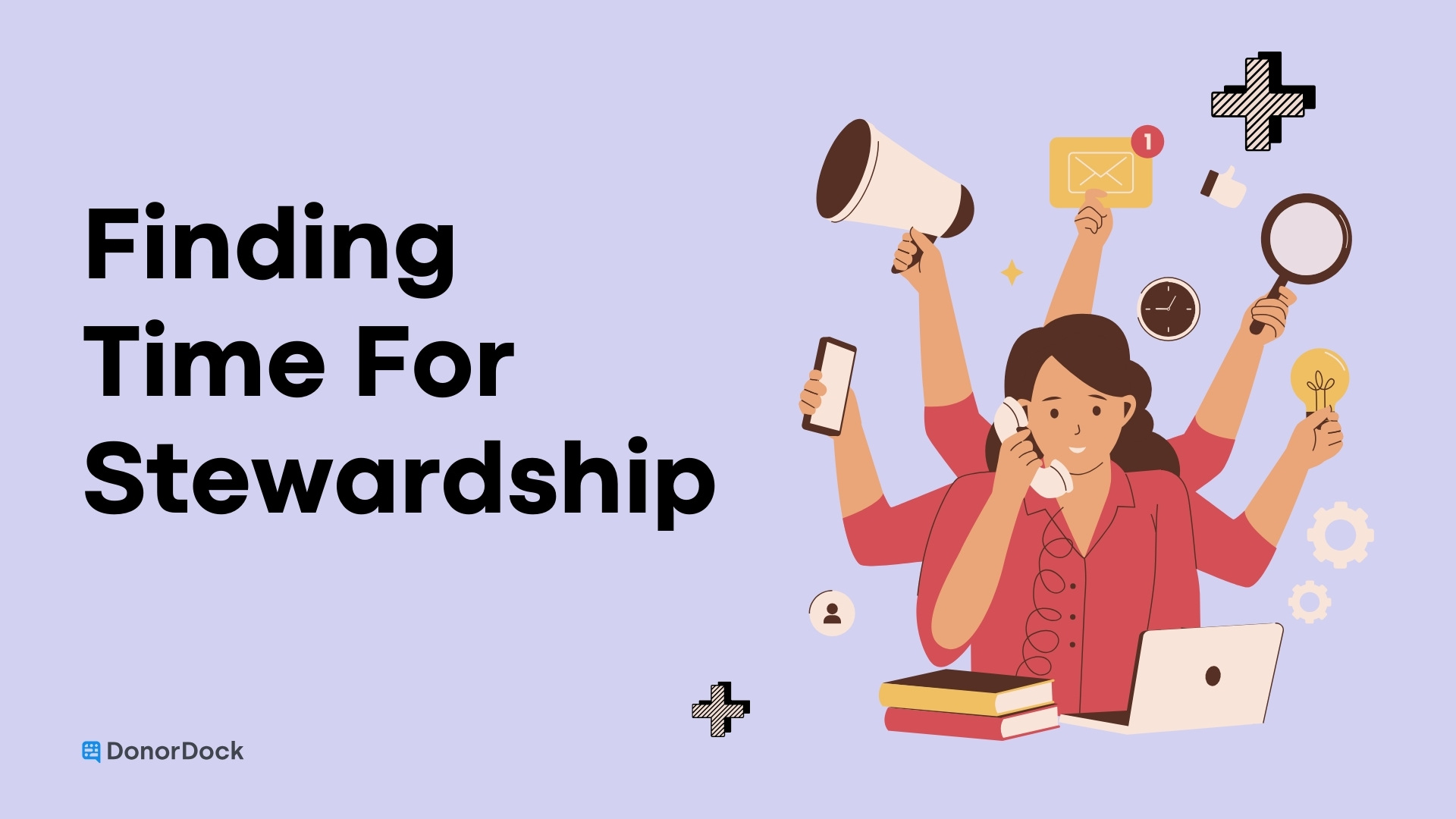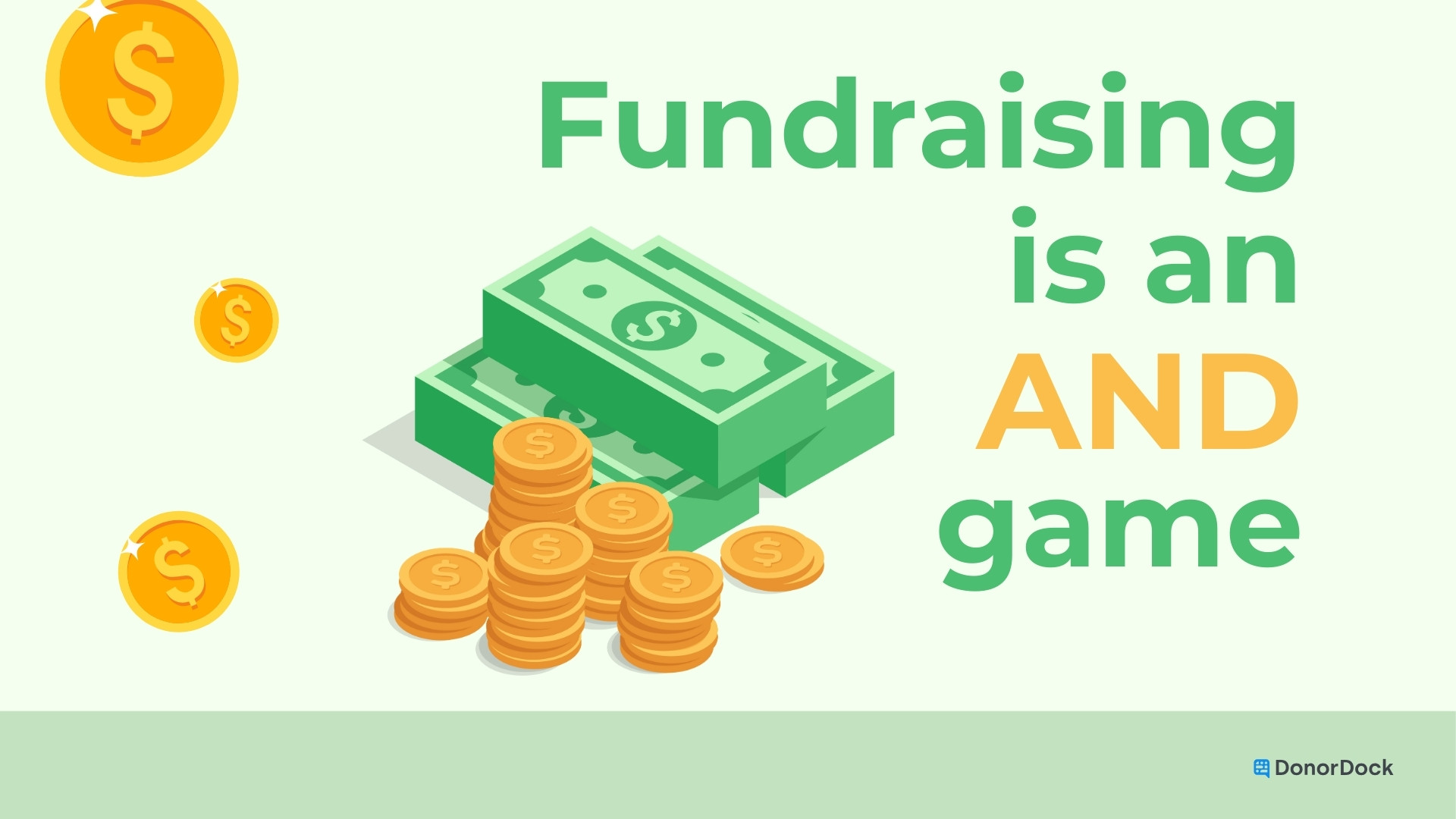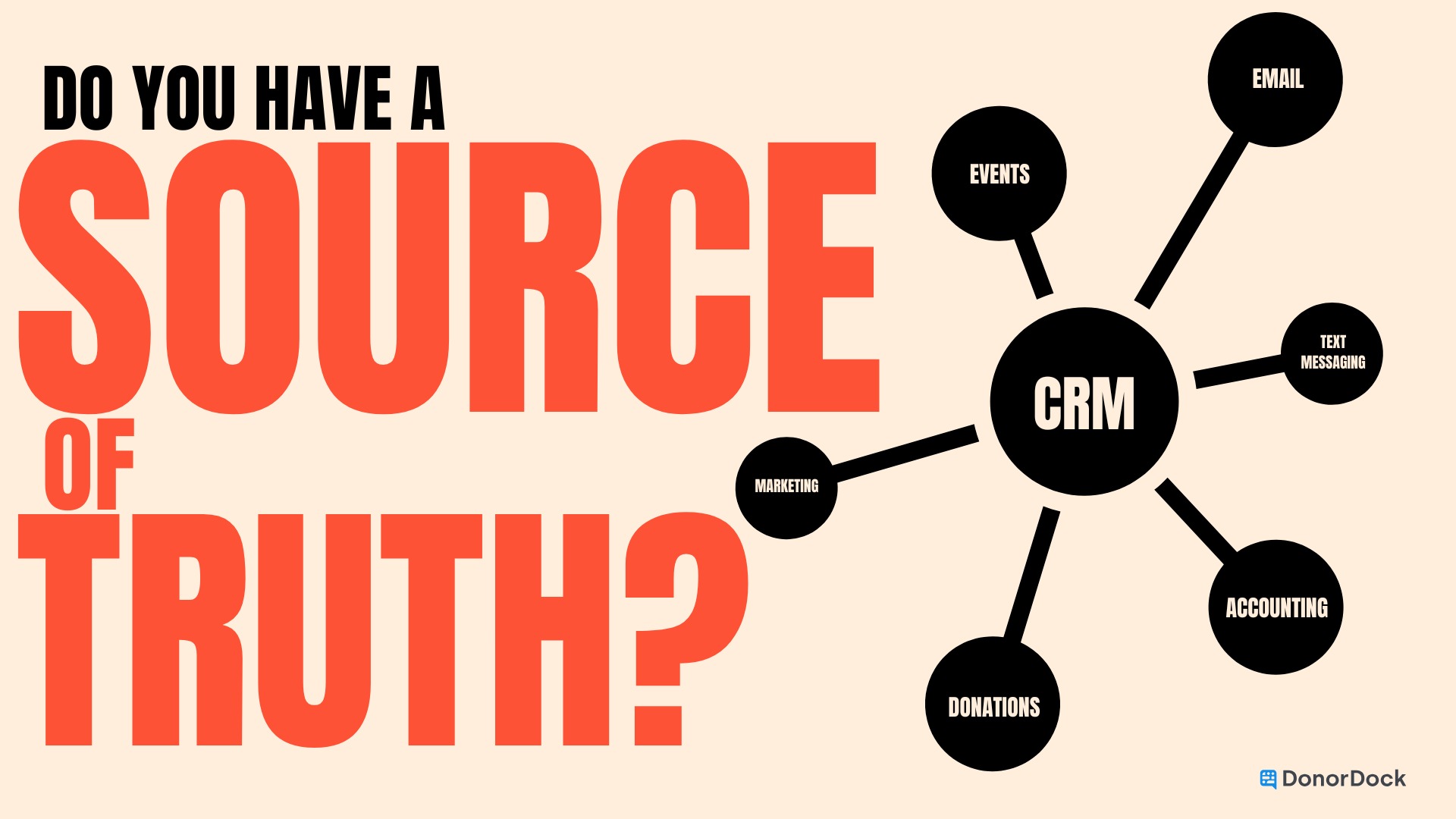In the nonprofit world, building trust is necessary for success. Donors want to know that their gifts are making a real difference in their communities. It’s important for people to feel confident in the work that a nonprofit is doing. They want to know that the nonprofit is following through with what they promise. This is where social proof helps your nonprofit!
When your nonprofit shares the stories of its positive impact, you build trust, inspire action, and amplify your organization's impact.
In this article, we will explore the power of social proof for nonprofits and how to effectively utilize it.
What is Social Proof?
As social beings, we are influenced by the actions and beliefs of others. When a friend tells us about an amazing new coffee shop, we’re more likely to want to check it out. Or if a family member tells us about an awful experience with a product, we’ll avoid buying it. In today’s digital world, people are no longer only influenced by their friends and family. The opinions of strangers impact the decisions we make. If we hear that people have had a good experience, we have confidence in that product or service. On the other hand, we‘re unlikely to go against a tide of bad reviews.

For a nonprofit, social proof is the evidence that other people have found value in giving to and working with your nonprofit.
Social proof for your nonprofit
Testimonials from those you serve
Testimonials are a powerful form of social proof that shows donors that your nonprofit is worth donating to. Highlighting the stories of individuals whose lives have been changed for the better by your nonprofit can create an emotional connection between you and your donors. When donors see the tangible work you are doing, they are more motivated to be a part of the difference you are making in your community.
Testimonials should be genuine and relatable, showcasing the real-life impact your nonprofit is making. You can do long-form testimonials in the form of videos or written-up stories, or you can pull quotes to include on your website.

Partner or donor endorsements
Another form of social proof is the endorsement of your nonprofit by reputable partners and donors. When well-known organizations or influential people align themselves with your cause, it shows others that you are a credible organization. Displaying logos and testimonials from these partners not only showcases their support but also helps attract new supporters who trust their judgment.

Media Coverage and Press Mentions
Positive media coverage acts as powerful social proof for a nonprofit. When news outlets, magazines, or online publications feature your nonprofit, it adds credibility and validates your work.
When a donor recognizes your name, they are more likely to give. So your nonprofit is more likely to attract potential donors who may have read about you in the media. If your nonprofit has an event coming up or is doing something noteworthy, reach out to news outlets and help to generate this type of social proof.
When your nonprofit is talked about in the media, be sure to include excerpts from or links to those articles.
Impact Statistics and Milestones
Quantifiable data demonstrates your nonprofit's achievements. Sharing statistics, such as the number of lives touched, funds raised, or projects completed, provides concrete evidence of your impact. These figures help potential supporters understand the scale and effectiveness of your work. In turn, this gives them confidence that their gifts will make a meaningful difference.

How your nonprofit can use social proof
Share social proof across all your channels
Have your nonprofit share social proof on your website, social media profiles, and in emails. Visual social proof, like videos, pictures, and partner logos, works well alongside quotes, statistics, and media mentions. It’s important that the social proof your nonprofit shares aligns with your mission and values.
It’s important to understand which media works best for each channel.
Understand the Power of Storytelling
Craft stories that show the transformational journeys of those your nonprofit serves. Use storytelling techniques to connect with your audience and evoke emotions. When supporters relate to the stories being told, they are more likely to engage and support your cause.
What are the stories your nonprofit could be telling? Reach out to the people whose lives are better because your nonprofit exists. Ask if you can share their stories with your community. Donors and volunteers who are active in your org are also an important part of your nonprofit’s story. Are there any donors or volunteers that you can highlight? Let their stories be a part of your nonprofit’s social proof.
Seek out partnerships
Collaborate with like-minded organizations or businesses that share your values and mission. Finding a local business that is willing to help with a giveaway, match donations, or help your nonprofit can help your org generate social proof. Not only are you reaching the business’ audience, but you’re also building trust.
Working together with other nonprofits is also important. Too often in the nonprofit world, it feels like a competition for dollars. But collaboration is key to bringing about change! Are there other nonprofits whose work compliments yours and vice versa? It might feel a bit scary to think of introducing your donors to another nonprofit, but there is power in working together to bring change. It shows your donors that you care more about bringing about change than you do about keeping their dollars with your nonprofit. But, that only builds more trust with your donors and encourages them to donate!
Encourage User-Generated Content
Actively encourage your community to share their experiences on social media. User-generated content, such as personal stories, photos, or videos, serves as authentic social proof for your nonprofit. It not only spreads awareness but also encourages others to get involved.
“Lift up your community and be inclusive of your community. And when you do that, you are generating content, but also content that they're going to want to share.”
-David Norris, ProofPact, episode 10 of Beyond the Donation
What are the ways you can encourage your donors to share about you on social media?
Think about fun social campaigns, giveaways, or promotions. If you have an event coming up, you could start a campaign for your followers to share why they decided to donate to your nonprofit. Anyone who shares has a chance to win a free event ticket.
Research social media or fun holidays coming up. Pet Day is a great day for an animal shelter to ask for foster or adoptive pet owners to share about their pets. Or a giveaway of donuts on Donut Day to those who donate and share about your nonprofit.
Social proof doesn’t have to be serious. It’s an opportunity to be creative and have fun with those in your community!
Conclusion
Social proof is an important part of growing community trust in your nonprofit. Great social proof for your nonprofit includes:
- testimonials
- partner or donor endorsement
- media coverage
- Impact statistics and data
Make the most of your nonprofit’s social proof by making it a part of your storytelling. It’s important to share it across all communication channels, seeking out the right partners for your org and encouraging your constituents to be a part of generating content for you. And remember to have fun with it! Social proof doesn’t have to be serious. It’s a great way to show your nonprofit’s personality and creativity.



